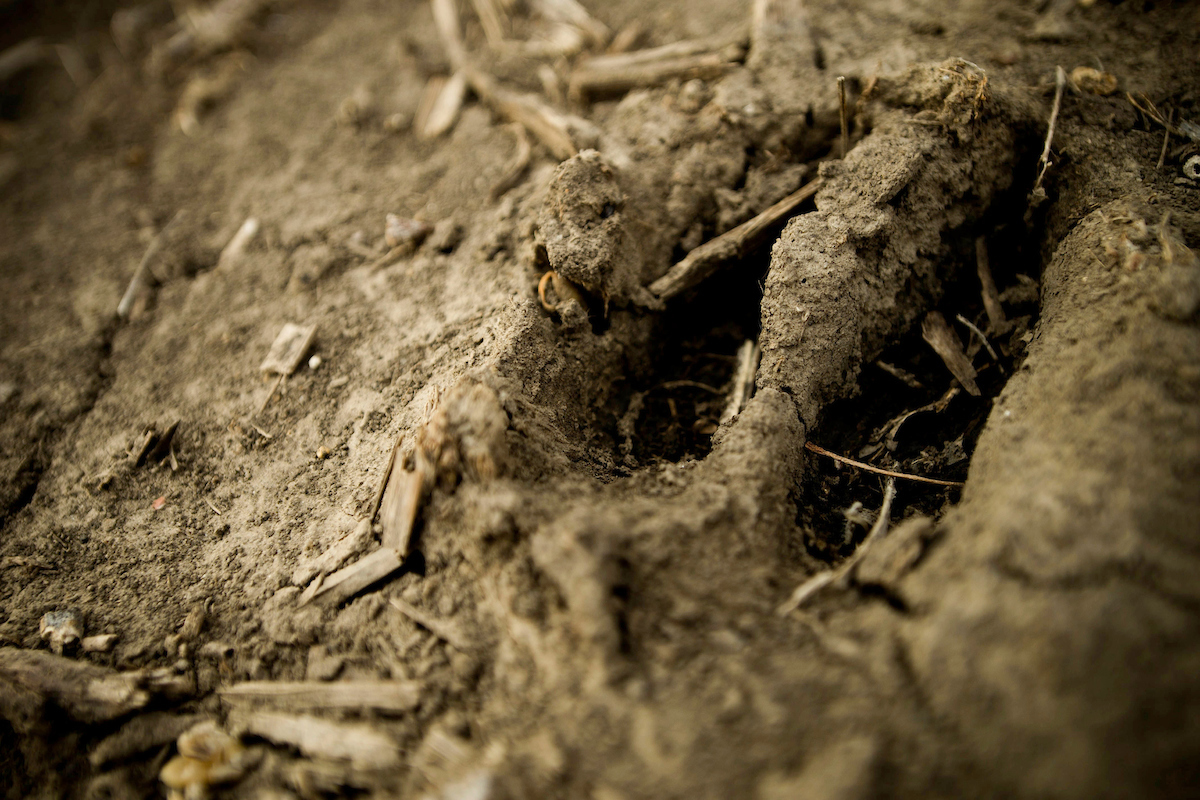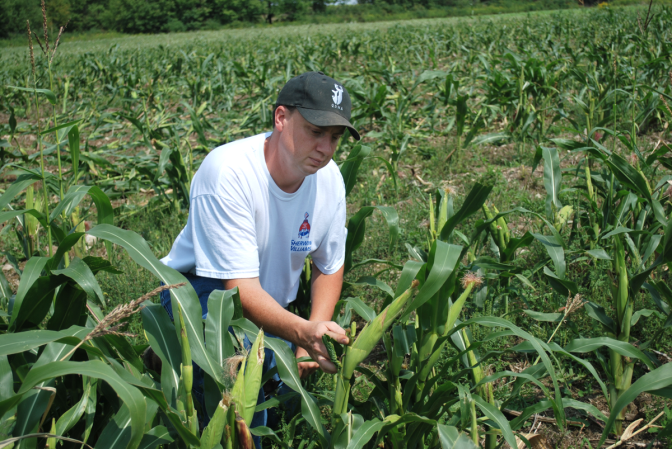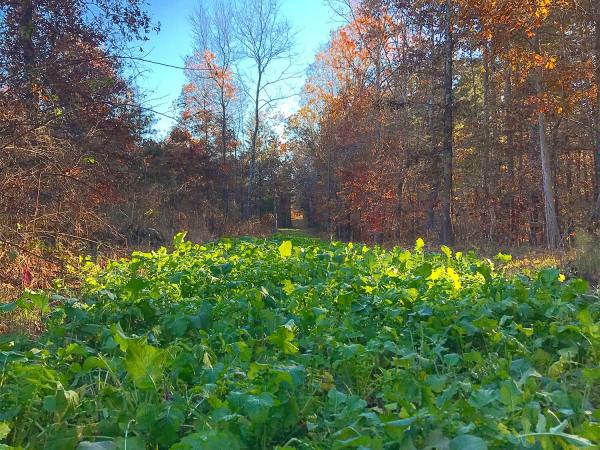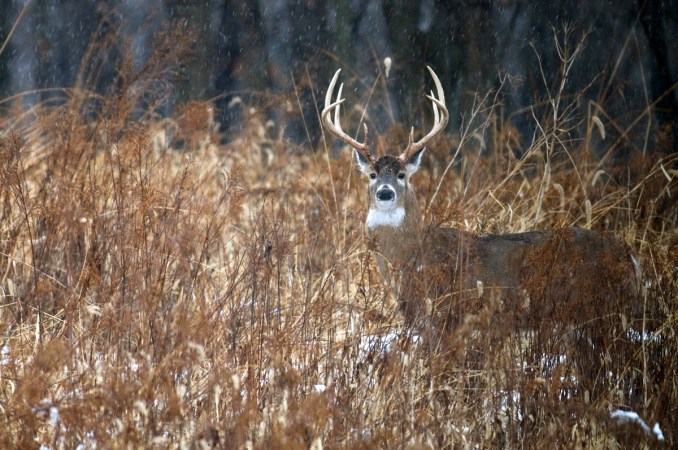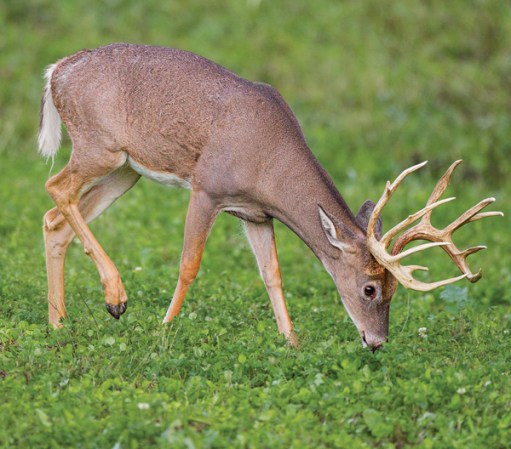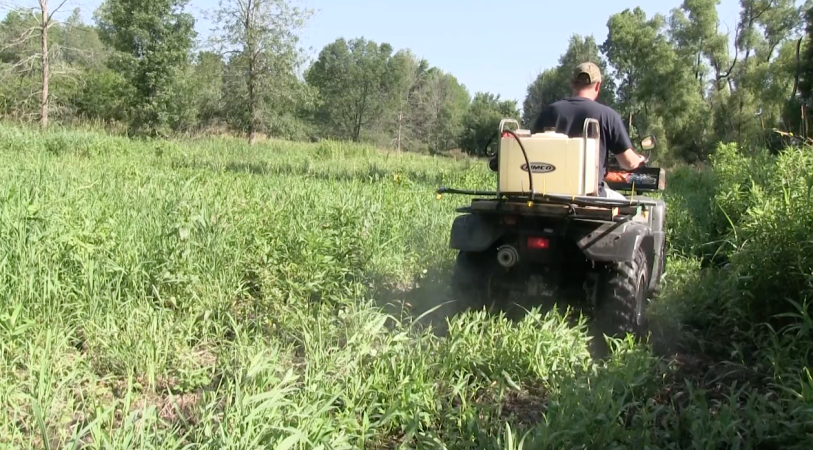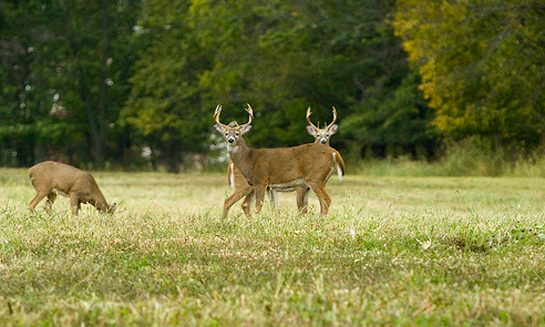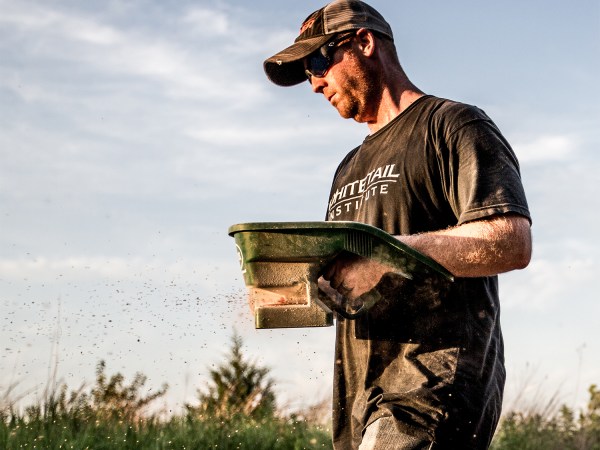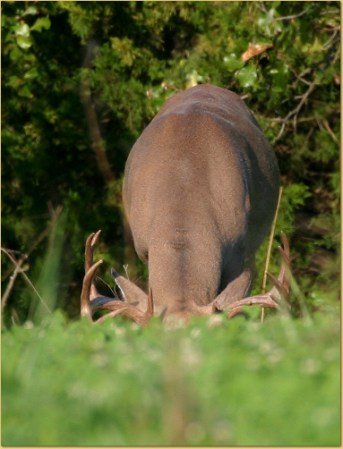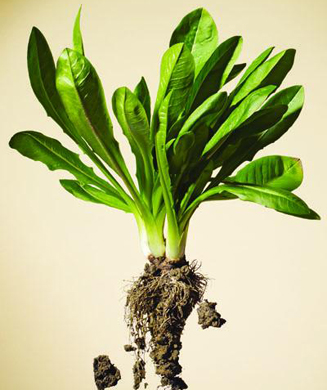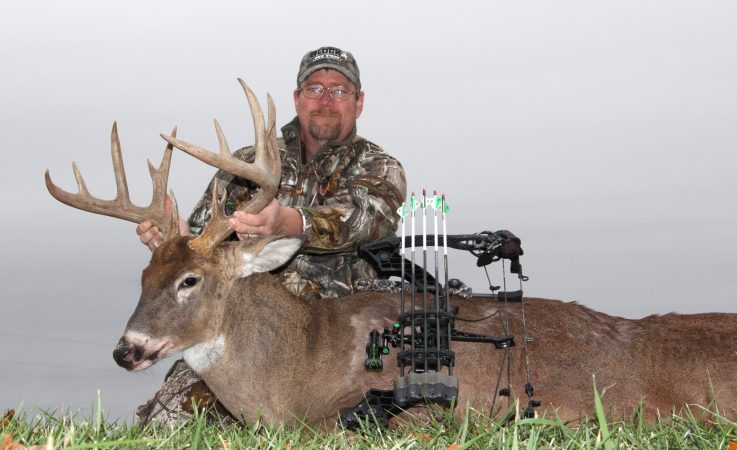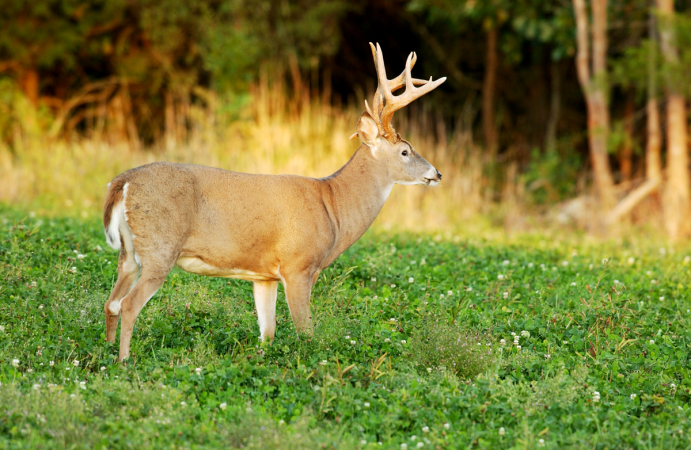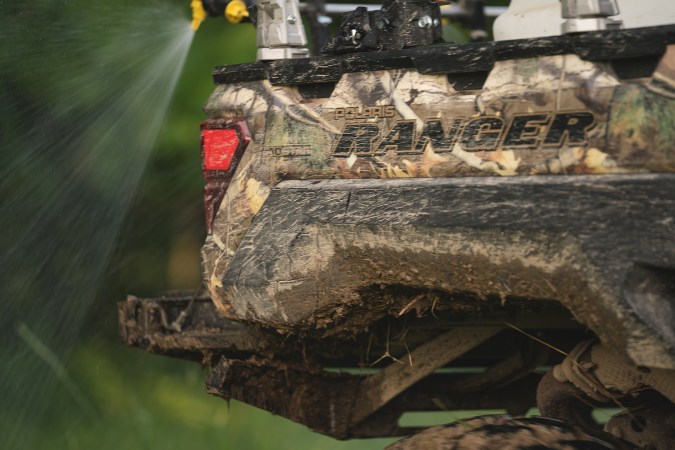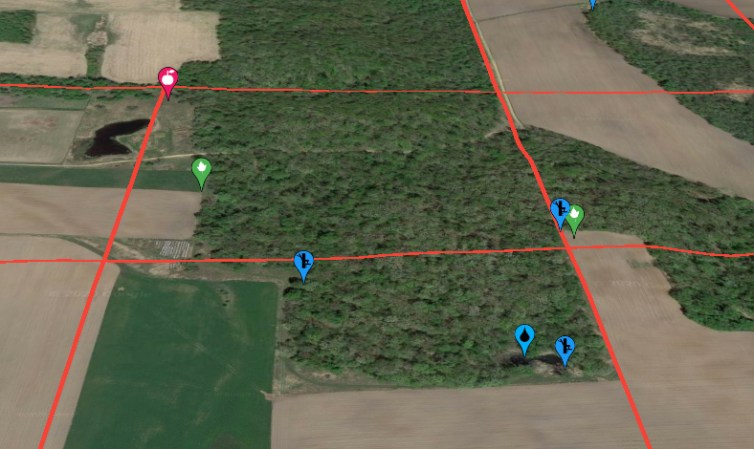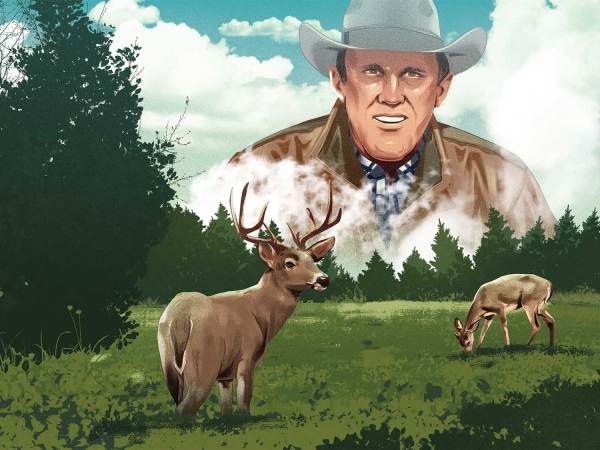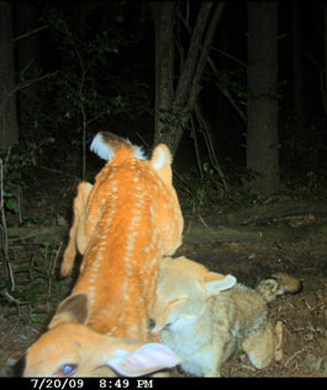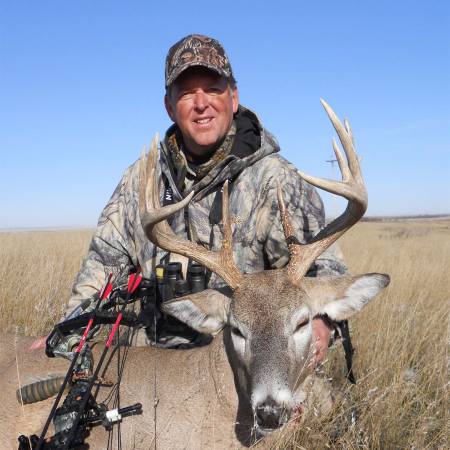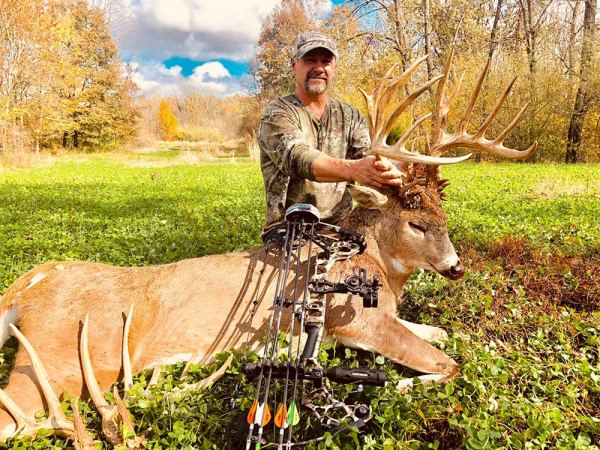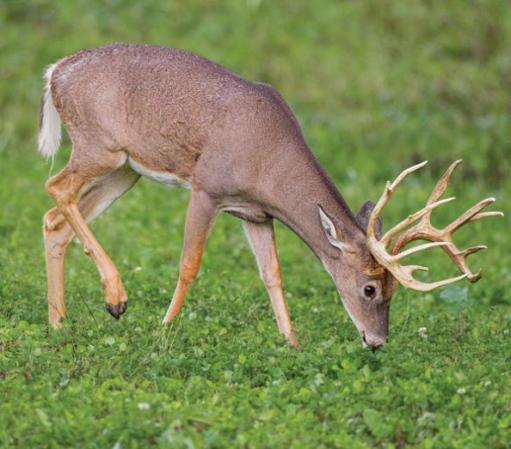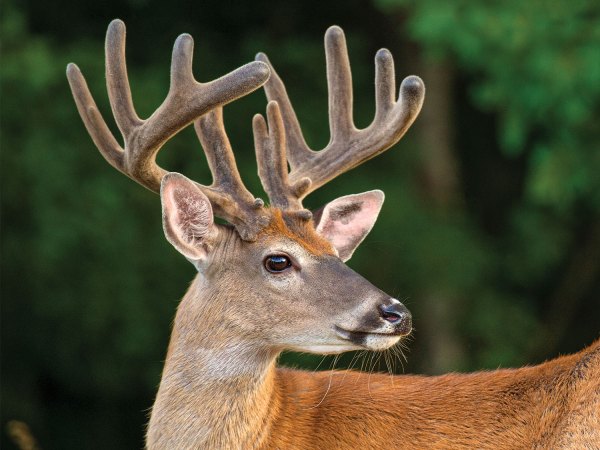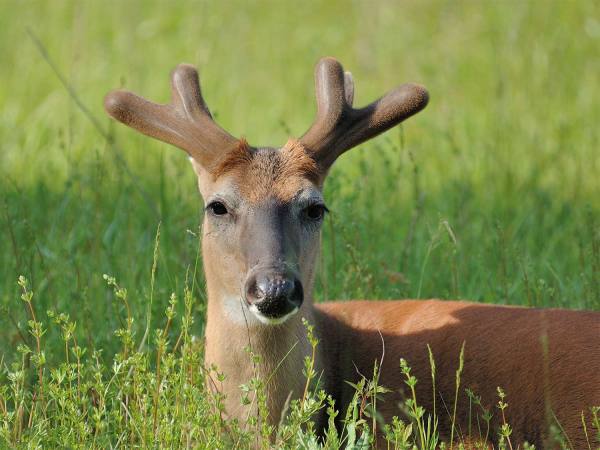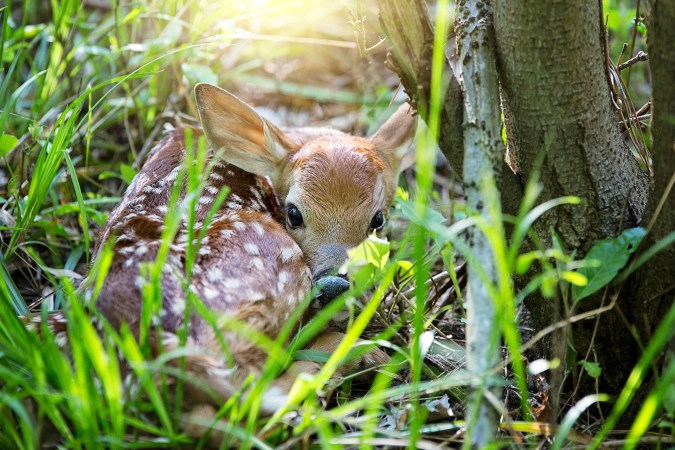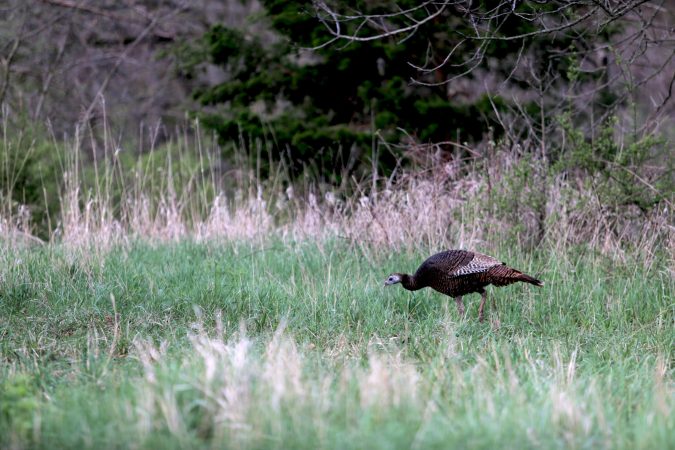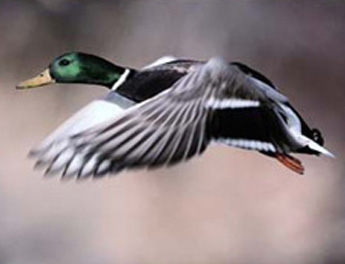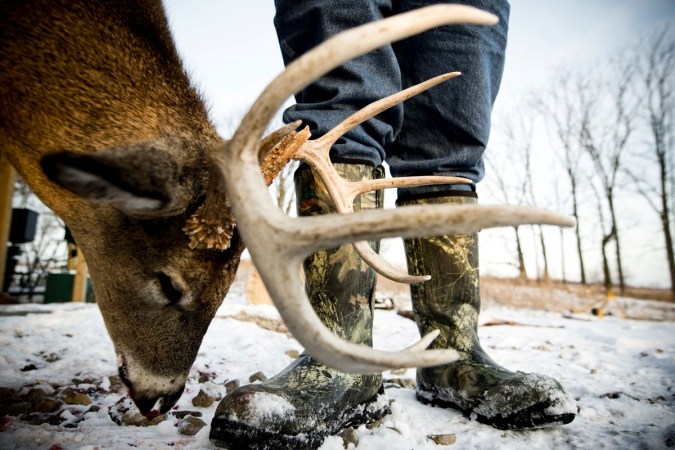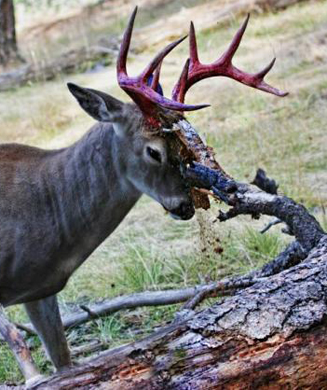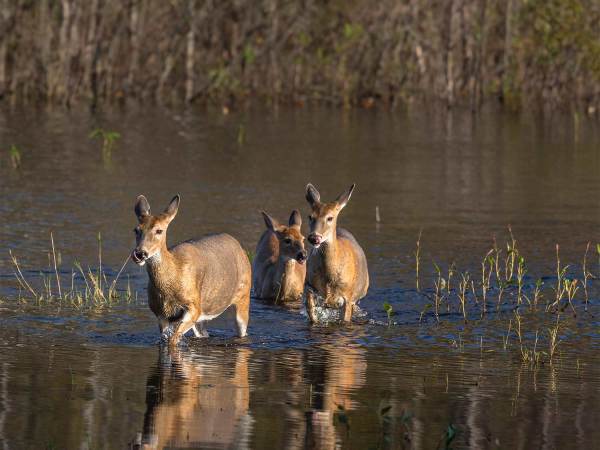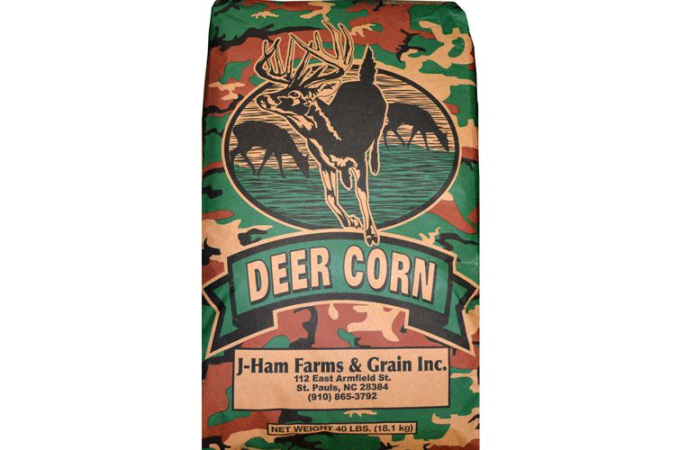Before you get all hung up on what food to plant for fall, its best to understand something about what grows deer plants (and deer antlers).
It’s been said that antlers are made of soil. While that may not be literally true in the technical sense of the word, it makes a point and the point is best taken to heart. Soil is the key to growing good deer. Ever wonder why so many record book bucks come from the Midwest? It’s not the corn, or the soybeans, or other high-quality food stuffs. It’s soils that support these plants. Soil is the reason a Pennsylvania 3-year-old buck will score 115 inches and weigh 150 pounds while a 3-year-old buck from Illinois will score 150 and tip the scales at 250 pounds.
Deer in the Midwest eat more than corn. They eat forbs and shoots, snack on fruits and nuts, and devour leaves. They eat coming and going from those corn fields and they eat anything they can find after the corn has been put in the silo. When it comes to deer nutrition, it is all about the soil.
Plants take up the vitamins and minerals from soils and transfer them to deer. Poor soils don’t have the minerals found in good soils. It’s about that simple. A deer eating clover grown in poor soils will not get the same quality nutrition as deer eating clover grown in good soils. The same goes for browse species and any other plants deer feed on.
One needs to only overlay a soils map on a Boone & Crockett record book map to see the connection between soil and antlers. Great soils grow great deer.
Not everyone can hunt in Iowa, Illinois, and Buffalo County Wisconsin. Yet everyone reading this article hunts somewhere and the same rules apply no matter where you hang your deer hunting hat. Soils matter.
Too often we limit our thinking to food plots or planted fields when it comes to deer nutrition. It is important to remember that deer consume plenty of foods not grown on food plots. Most food plots generally are able to produce for a few months during hunting season. Planted agricultural fields like corn and beans are available to deer for only a few months per year. So what do they eat when the planted stuff is unavailable? Native vegetation. Studies show that even in areas of high agricultural production, roughly 60% of what a deer eats is comprised of native vegetation.
Watch a deer sometime. Anytime he is on his feet (other than the rut) he is pretty much eating. He eats on his way to dinner and on the way back to his secure bedding areas. He eats when he is hanging out in social areas and when he gets up to take a stretch. He chews his cud when he beds and occasionally sleeps. That’s why native vegetation is so important to a deer’s development.
That’s why soils are the basis of a good (or not so good) property. And that’s why we do soil tests and add lime and other soil amendments before even trying to plant.
